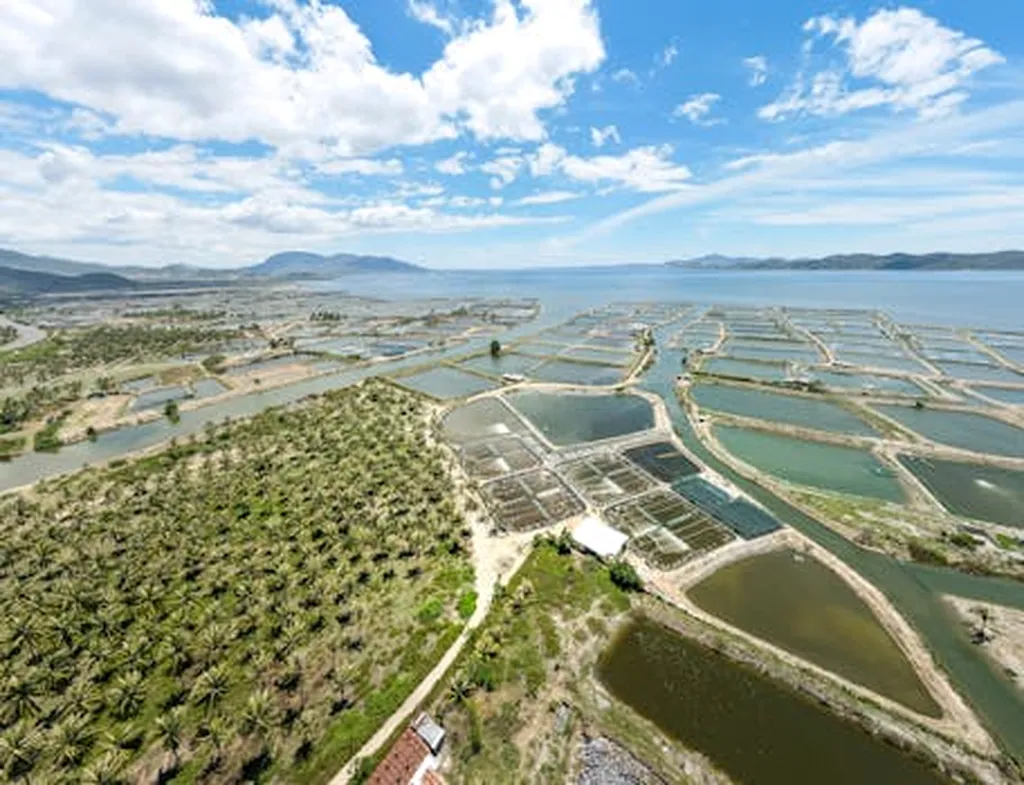In the heart of South Africa’s North West Province, a silent battle for water and arable land is unfolding, and a team of researchers led by Awais Ali from the Department of Geography at Government Graduate College Gojra has brought this struggle into sharp focus using advanced satellite-based remote sensing and data analytics. Their work, recently published in the journal *Scientific Reports* (which translates to *Scientific Reports* in English), offers a compelling narrative of agricultural decline, urban expansion, and the looming threat of water scarcity—a story that resonates far beyond the borders of this semi-arid region.
Between 2016 and 2023, the researchers monitored irrigated land dynamics using high-resolution satellite imagery, integrating multiple indices and models to paint a detailed picture of the challenges facing water resource management and agricultural sustainability. Their findings reveal a stark reality: irrigated lands in the region have shrunk from 25,732 km² to 24,322 km², while urban areas have expanded from 4,146 km² to 6,581 km², competing for the same precious resources.
“This decline in irrigated land is not just a local issue; it’s a global pattern we’re seeing in arid regions,” Ali explains. “The integration of the Cellular Automata–Markov (CA–Markov) model with the Water Ratio Index (WRI) and temperature trends provides a robust framework for adaptive land-use planning. It’s a tool that can help stakeholders make informed decisions to mitigate climate impacts and ensure food-water security.”
The CA–Markov model, a powerful predictive tool, forecasts further agricultural loss by 2033, with barren land dominating the landscape at 62.54% and water bodies shrinking to a mere 1.72%. Meanwhile, WRI values have dropped from 0.40 in 2016 to 0.28 in 2023, reflecting increasing water stress. Temperature fluctuations, with summer peaks reaching up to 35.99°C in 2023, are intensifying evapotranspiration and irrigation demands, adding to the region’s woes.
The study identifies institutional barriers such as biased subsidies, poor rural infrastructure, and climate extremes as key drivers of irrigation decline. These findings underscore the need for stakeholder engagement and technology adoption to bridge the gap between biophysical water availability, vegetation health, land transition trends, and future irrigation scenarios.
For the energy sector, the implications are significant. As water scarcity intensifies, the demand for energy-efficient irrigation systems and sustainable water management practices will grow. This research provides a foundation for adaptive strategies that support not just food security and livelihoods but also environmental sustainability—a trifecta that is increasingly critical in our climate-challenged world.
“This multi-model fusion bridges the gap between biophysical water availability, vegetation health, land transition trends, and future irrigation scenarios,” Ali notes. “It offers a more holistic and scalable solution for water-scarce regions, driven by climate change.”
As we look to the future, the integration of advanced remote sensing and data analytics holds promise for shaping developments in precision water resource management and agricultural optimization. By embracing these technologies, stakeholders can navigate the complex interplay of water supply, land suitability, and climate variability, ensuring a more sustainable and resilient future for all.
In a world where water is fast becoming the new gold, this research is a beacon of hope, guiding us toward a future where technology and innovation converge to address some of our most pressing challenges.

